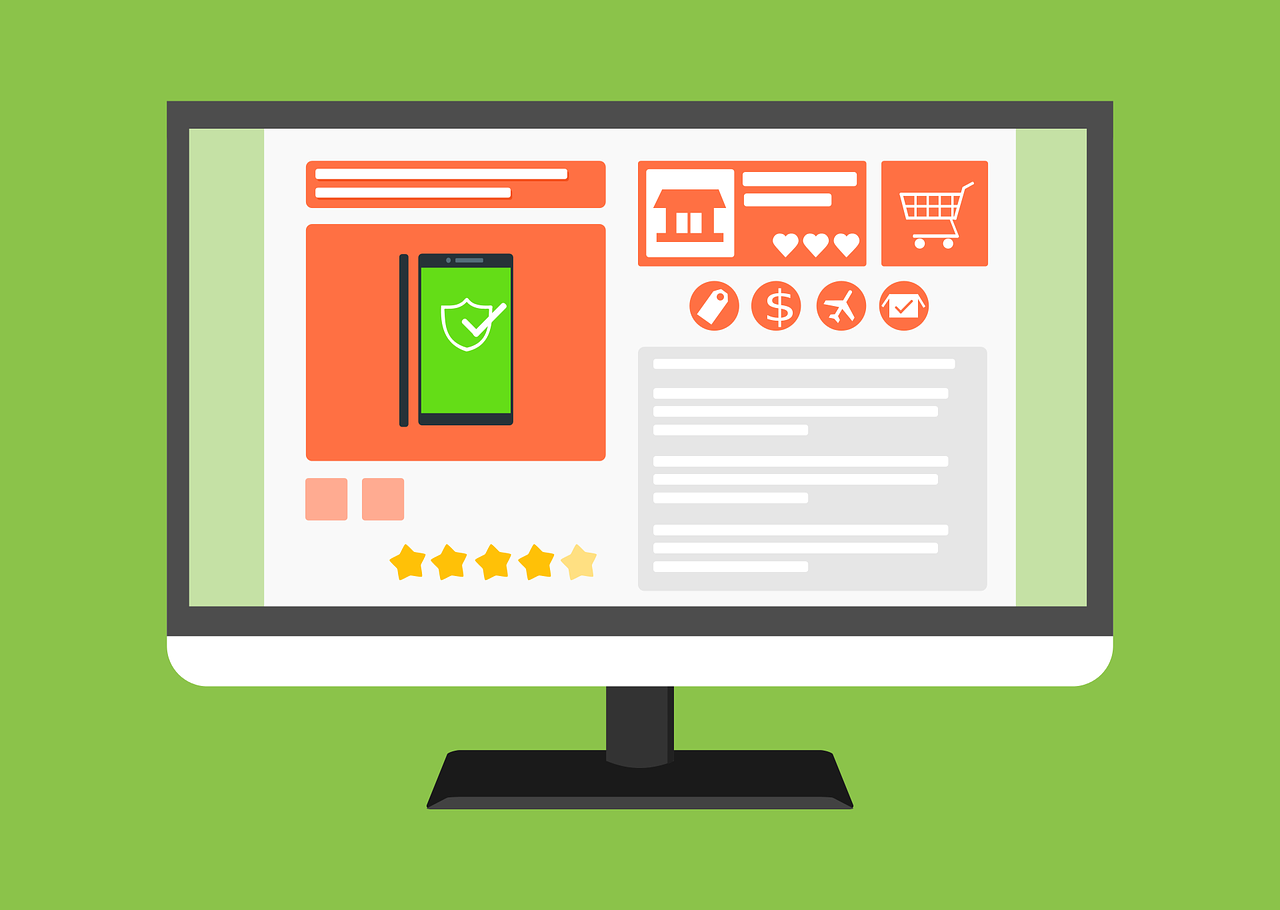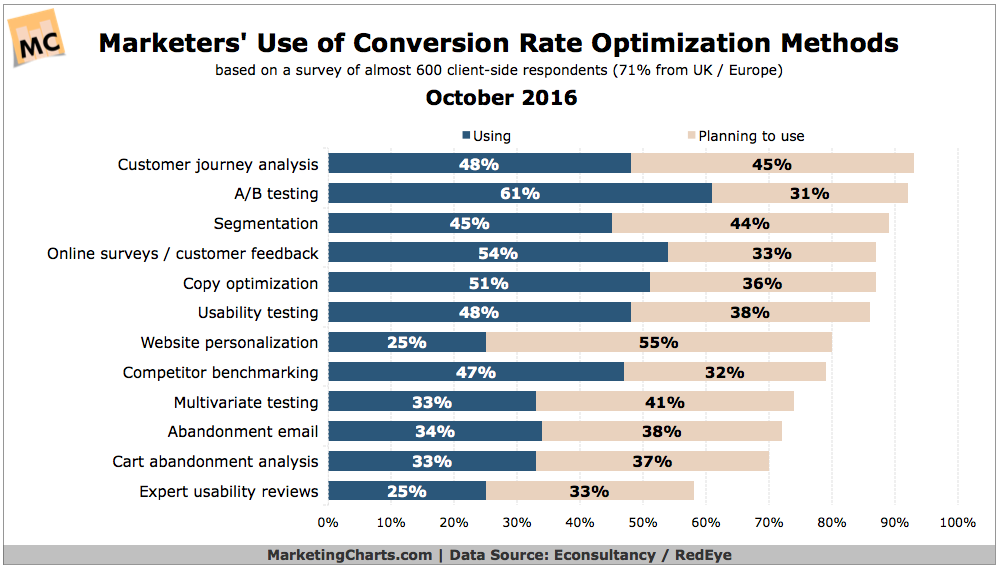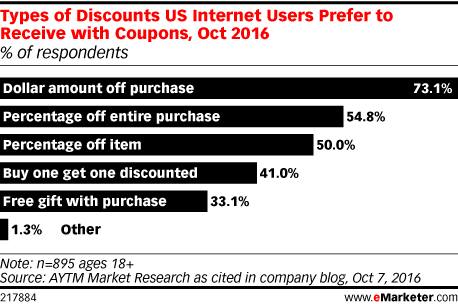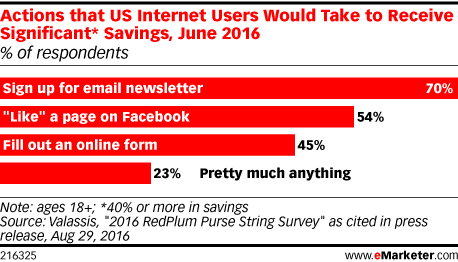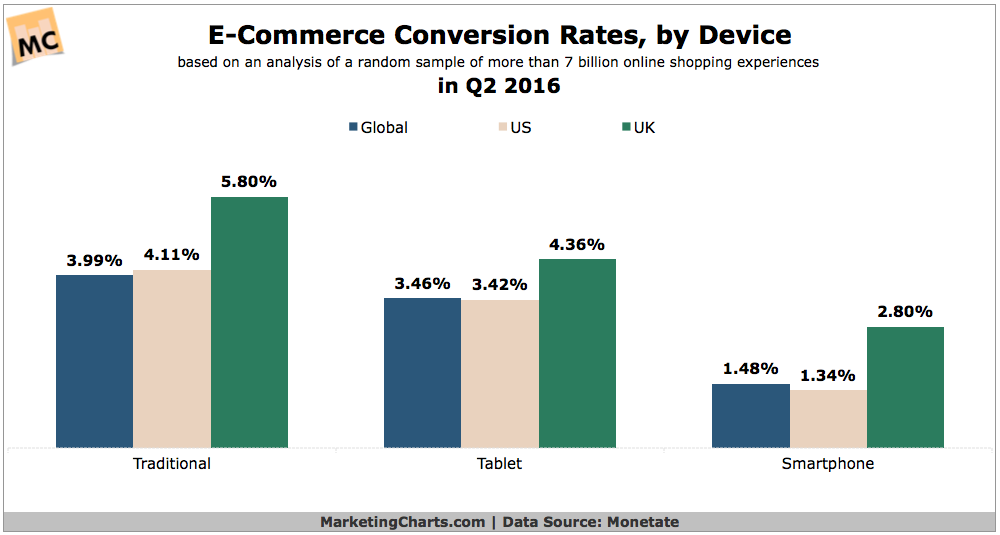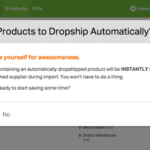From landing on your website or product listing, to adding your products to carts, to submitting credit card information and clicking “confirm,” every action a consumer takes affects your conversion rate, and each is an important step, especially as the holidays approach — increased traffic is an increased opportunity for sales, but only if you can effectively convert.
In this week’s mishmash, we’ll explore the the many facets of converting, including e-retailers’ most popular methods of optimizing rates, how user-generated reviews can drive rates, ways of luring the many comparison shoppers out there, how conversions and smartphones are getting along, and the way customer accounts can motivate consumers to purchase.
Opting for Optimization
Obviously, optimizing conversion rates is a priority for most merchants looking to master their marketing, and the methods they pursue tend to vary. Of the many responses from Econsultancy and Red Eye’s survey on the topic, A/B testing proved to be the most widely implemented tactic, with 61% of marketers utilizing it.
That said, it wasn’t the most desirable one. Customer journey analysis eked out A/B tests as the most valuable method, wherein a marketer tracks a visitor’s behavior as they journey towards purchase, improving wherever needed. At the end of the day, getting the full story of a customer’s path is extremely useful, but A/B tests are easier to put to work.
Surveys and customer feedback made it to second place. Interestingly, website personalization — that is, tailoring the experience to the user while keeping the website consistent — is an up-and-coming method, with more than half of respondents claiming it’s in the pipeline.
Feedback Can Feed Rates
But back to those surveys and customer feedback that ended up getting silver. There’s no better way to persuade consumers to purchase than some glowing first-hand testimony from past customers. The power of social proof is noticeable, and user-generated reviews can provide some serious conversion “umph.” In fact, 55% of shoppers are influenced by such reviews.
When it comes to that first-person feedback, consumers are looking for a balanced review, one that’s overall a positive but includes some cons (gotta be authentic). They’re also hunting for descriptions of the product and validation that it serves its purpose, whether it’s a shirt looking stylish or a chainsaw slicing efficiently. Finally, they want consistency — if reviews fluctuate wildly from amazing to horrific, interested consumers aren’t going to take the risk.
For more, ConversionXL has a roundabout on user-generated reviews. There’s a ton of great stuff in this article, from the power of video reviews to successfully soliciting them from customers without irritation.
Combating Comparison Shoppers
Thanks to mobile, it’s easier than ever to compare prices. Gone are the days of having to physically shop around — all you need to do is hop on your mobile device and plug in some URLs. And such price comparers are important; 57% of shoppers will ditch a cart to comparison shop.
Once again, we’re turning to ConversionXL for some tips on keeping the attention of those deal-driven consumers that compare prices. For starters, you’ll likely need to get your pricing listed on comparison sites like Google Shopping and NexTag. As for those customers that abandon carts in search of better prices, retargeting is always on the table. Check out ConversionXL’s piece for even more.
Seducing the Deal Hunters with Discounts
When it comes to seducing consumers via discounts, it’s dollars that do the job, not percentage discounts. When asked about which types of discounts they prefer, respondents to a study by AYTM Market Research had their eyes on the dollar signs, with 73% preferring a dollar discount. Although percentage discounts are common, consumers aren’t fans of being pressured to spend more to get the most out of the discount.
And consumers are more than willing to jump through some hoops to access big deals. In a study by Valassis on actions respondents would take to get a 40% discount, 23% said “pretty much anything.” Other more mundane actions include signing up for an email newsletter (70%), becoming a follower on Facebook (54%), and filling out some sort of form, like customer information or feedback (45%).
Mobile and Traffic Source
Returning to mobile again, mobile traffic hit nearly 50% of all online traffic last year, and this year it’s expected to rise even further in November and December. It’s not news that mobile traffic continues to accelerate alongside the spread of mobile devices, but what about its conversion rate, a rate that has historically trailed traffic considerably?
Monetate took a look at ecommerce’s Q2 conversion performance by device, finding that the bigger the screen, the bigger the conversion rate. Smartphones, although consistently making their way into the hands of consumers, tend to be the weakest converters but the highest drivers of mobile traffic.
Another interesting tidbit pulled from the survey is how traffic source and average order value connect. Here are the rankings:
- Direct traffic ($123.79)
- Search ($116.53)
- Email ($111.85)
- Social media ($88.92)
Keep in mind that the clients Monetate works with might be in a different space than your own business — your average order values will likely differ. Nonetheless, traffic sources are worth paying attention to!
Accessing Higher Rates Through Accounts
Here’s an odd one — what about offering customers their own accounts on your webstore? Marketplaces like Amazon and eBay already do this for a variety of reasons related to conversions, but bringing the ability to create an account on your own custom or hosted storefront opens a cabinet of conversion possibilities.
According to Practical Ecommerce, accounts allow customers a bit of customization. For instance, accounts could include custom lists where customers add products to potentially buy in the future. Think wish lists, christmas gift lists, etc.
The same goes for shipping addresses and payment methods — accounts allow for multiples of both, giving customers greater flexibility and helping speed up the purchase process which ideally boosts repeat conversions.

